In the last Devlog, I said I would show off some influences for Desert Child’s animation; just how the world moves in general.
The biggest inspiration for the “flow-y” look of desert child is the film Akira. The opening bike chase in the film presents light as if it had been filmed with an actual camera, with the light lingering, is if it were an intentional side-effect of the equipment.
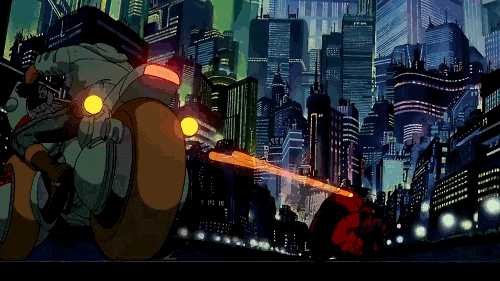
The sewer scene in Akira is also one of my favourite parts of the film. The water and the wake left by the hovercraft sloshes the characters about and brings such a feeling of heft and imprecision to the scene. I love it. Visually, the wake effect in the intro to Sonic the Hedgehog 3 was a good reference point for Desert Child.
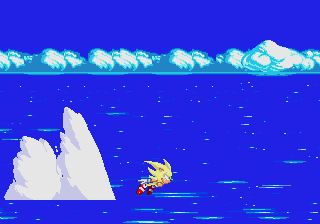
Both these scenes can be correlated with the “trails” effect in games. The human brain, for some reason, loves when there is a second, delayed response to an action. So when you move in a game, your character’s cape flaps behind you, for instance.
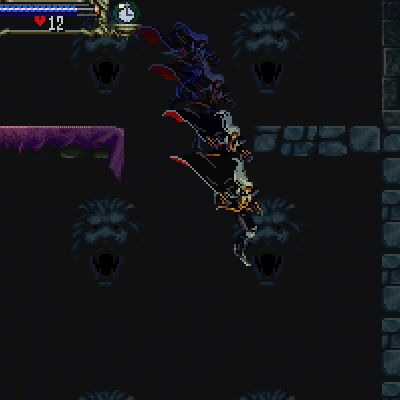
Every race in desert child has this. Even the Forrest levels have a trail of twigs and grass kick up behind your bike. This legitimately changes people’s perception of the movement. Without those trails, people complain the game is sluggish, with them, people feel like the controls are precise, since the trails now seem sluggish by comparison
Explosions are something that just takes ages and ages to find the right style for. I do really like this on from Akira, though.
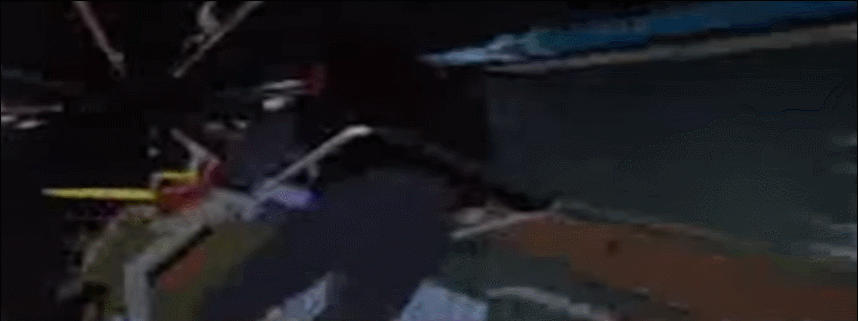
Speed is a weird thing to animate, I have learned. There’s about a million tiny things you can do to make players FEEL like they’re going really fast, without making them go really fast. One is distorting an image as if you were screwing with an extreme telephoto lense. The anime Redline does this.
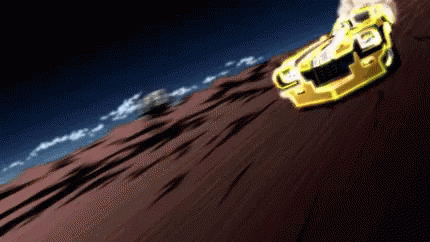
It also helps to have some screenshake, but also rattle some part of whatever you’re animating too. A good way I’ve found is to have a base level of shake, then occasionally just have a huge jolt. Makes it feel like you’ve just hit a rock on the road.
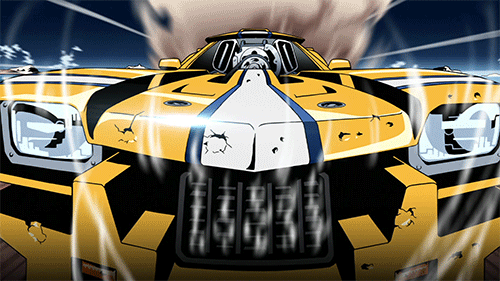
In Desert Child, the screen actually compresses, and stretches out slightly when you boost. Also, your bike stretches slightly, your dust clouds immediately get way bigger, a tonne of lines and crap fly across the screen, flames shoot out the back of the bike, the front of the bike heats up like the space shuttle coming for re-entry, your vertical movement is slowed, and finally, the camera falls behind you as if it’s struggling to keep up. Oh and the screen shakes like crazy.
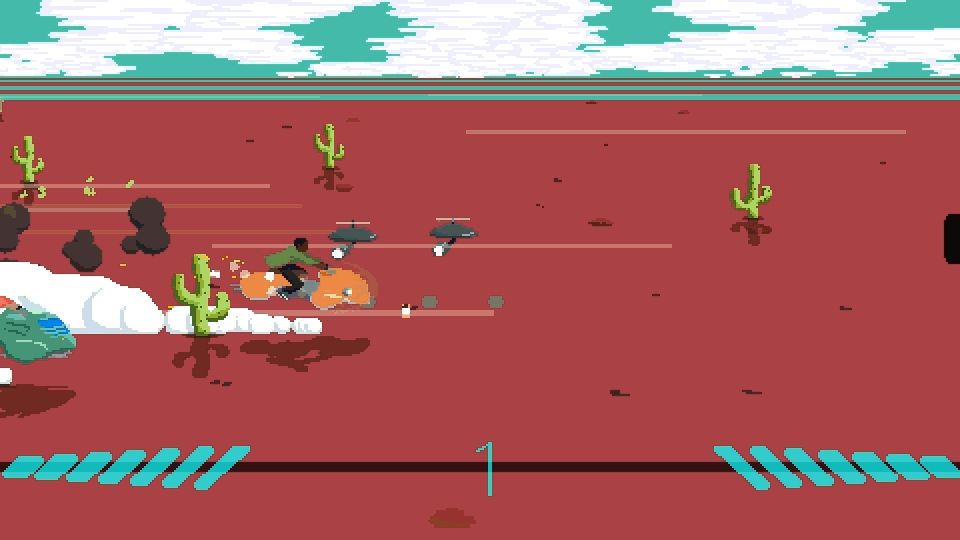
That’s how much detail you have to put in to make something feel fast. it’s not just a single cool animation. In fact, you barely go any faster when you boost. It actually slows your opponent more than it speeds you up. Tricky.
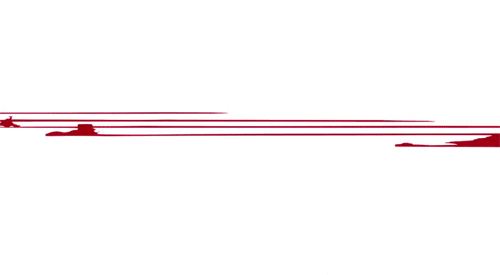
I always assume people know what rotoscoping is, but maybe they don’t. In animation, rotoscoping means filming something, then drawing over the top of it, you know, like you’re a 5th grader. Not really, sometimes it’s actually harder than regular animation. Once you’ve got one rotoscoped character, you better make them all look that smooth, or it’ll really stand out.
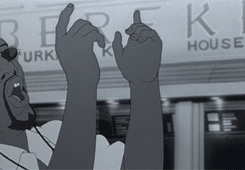
I use a program called Paint of Persia to rotoscope all the humans in desert child. It takes it’s name from the game Prince of Persia, which popularised the technique in games.
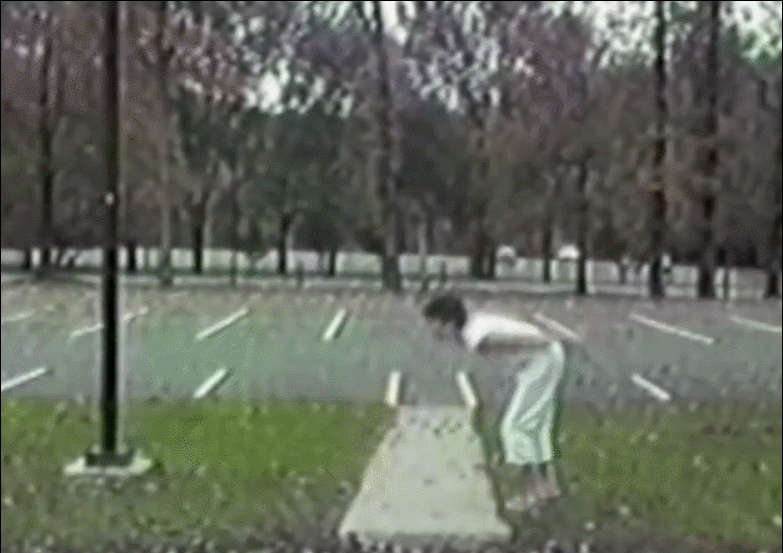
I’d never used rotoscoping before, but it just seemed really cool. If you decide to use it in a game like Desert Child, you’re going to need to use different people for each character, or all their movements will look like the same person. A big influence that also used it was Flashback.

Desert Child has something similar to Pre-rendered backgrounds in it’s city sections. This was originally inspired by Final Fantasy 8, which has this amazing fantasy/modern look for it’s world.
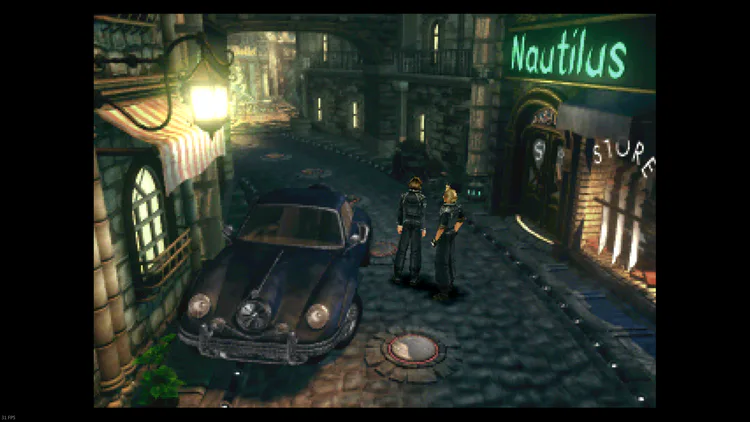
But it was actually Alone in the Dark that convinced me to try something similar. Whereas FF8 used pre-rendered 3D backgrounds, Alone in the Dark actually has hand drawn pixel art, but with 3D characters moving over the top. These characters were then flat-shaded and rendered at the same resolution as the background to make them look like incredibly fluid pixel art.

FINALLY, for the menus, cutscenes, etc. I wanted a stylised manga-in-motion look, and immediately I thought the intro to Cowboy Bebop (I know, I really need to watch some other anime)
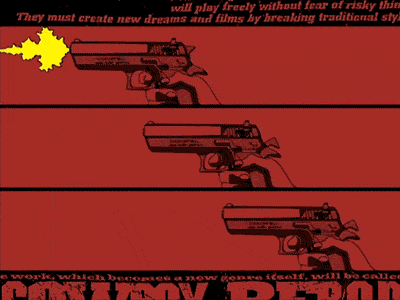
The graphic novel The Private Eye was also a big influence on Desert Child, and I realised I forgot to include it in the last Devlog, so I’ll just drop some pics here to close out.
Stay tuned for my inspirations for world building through game mechanics!
Peace.
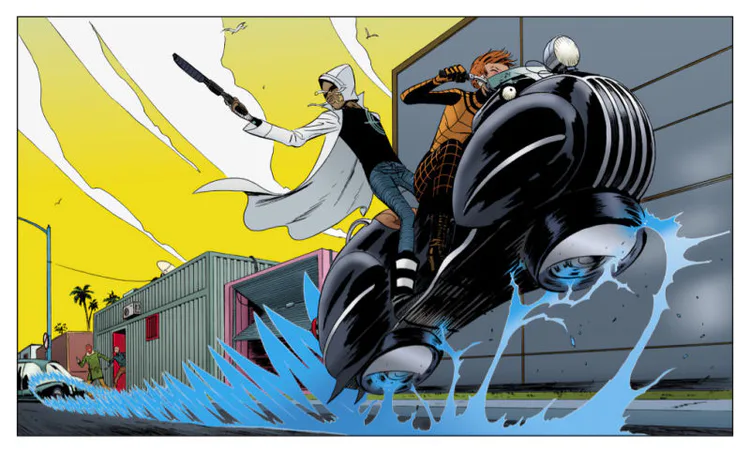
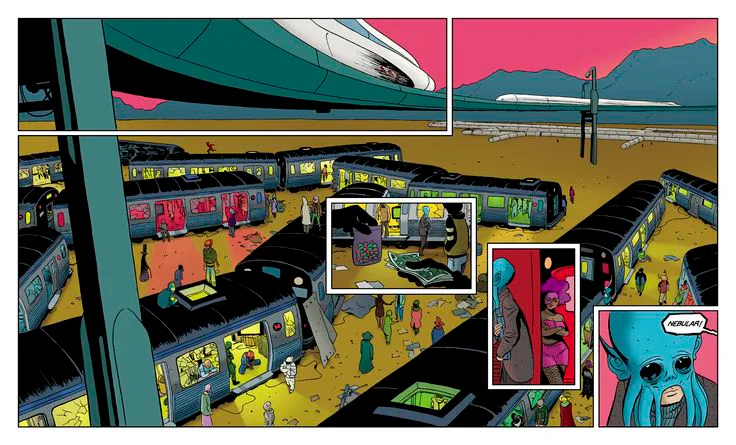
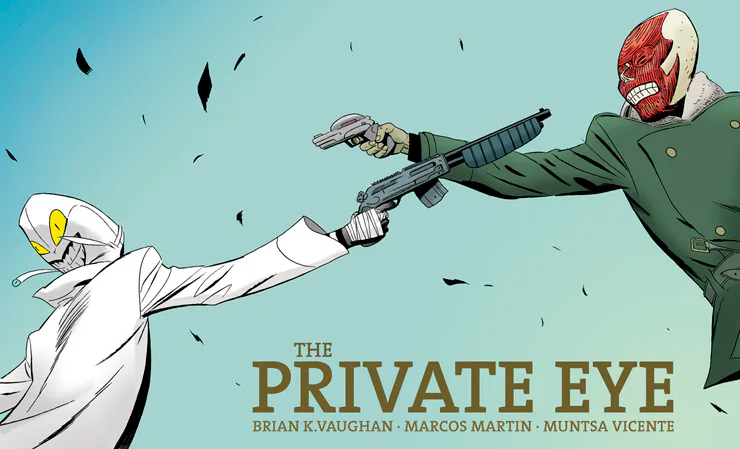

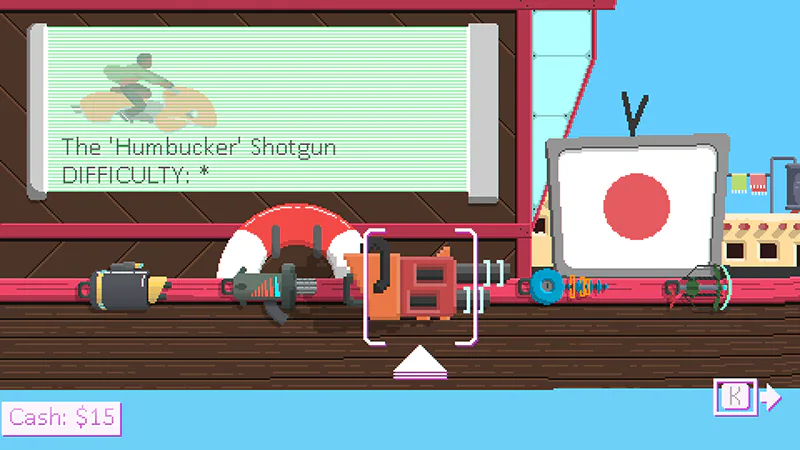
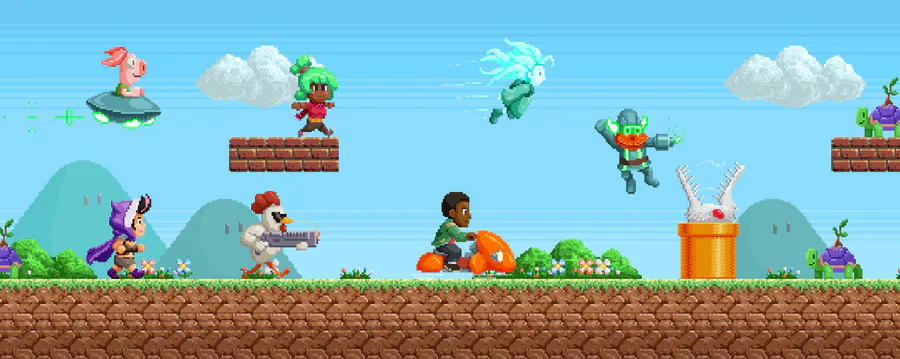
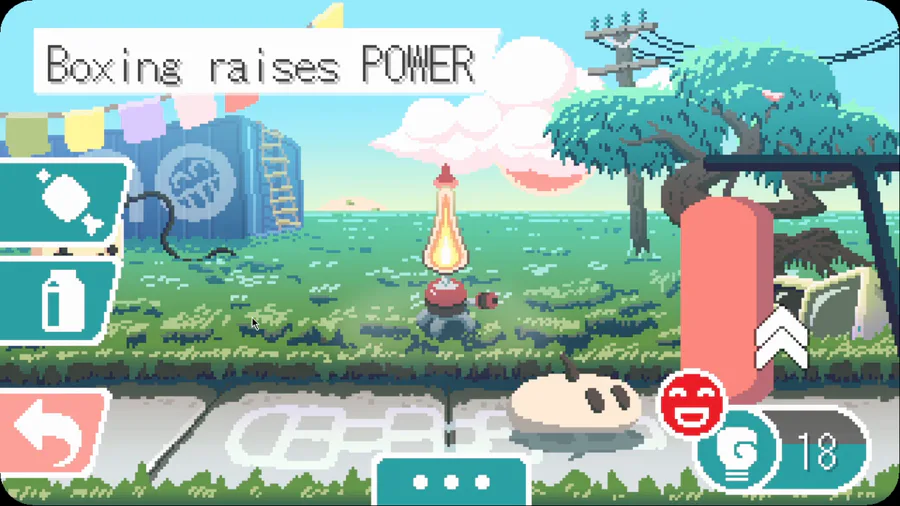
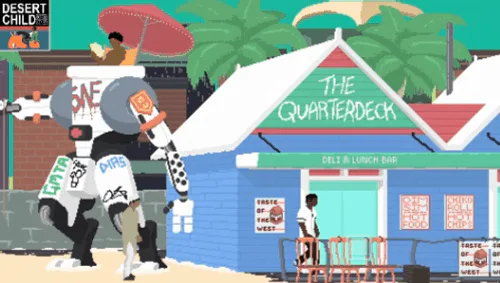
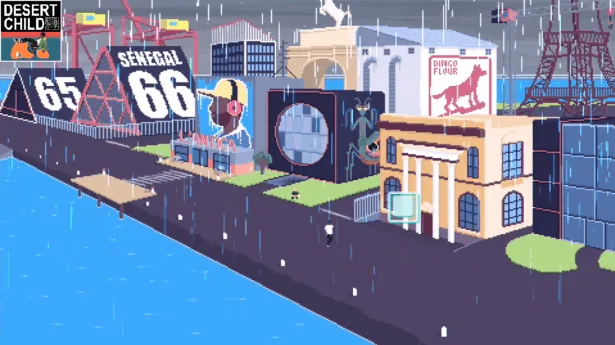
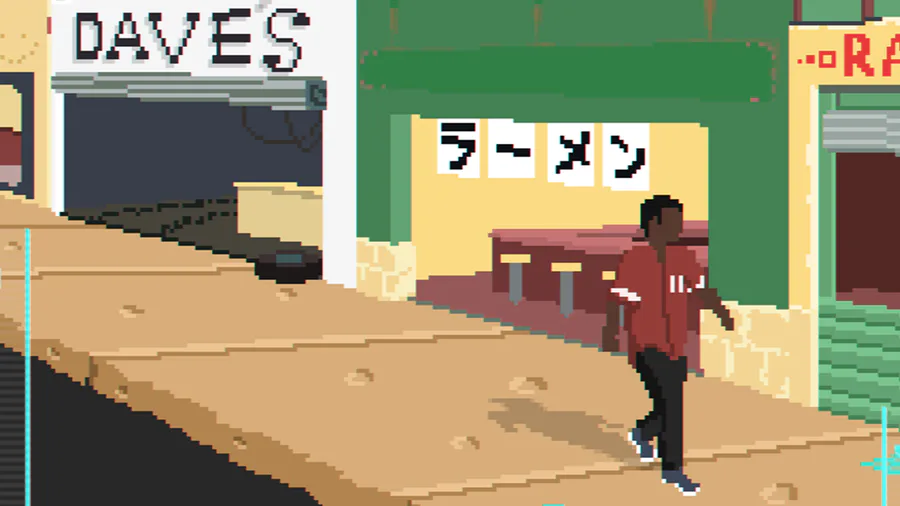
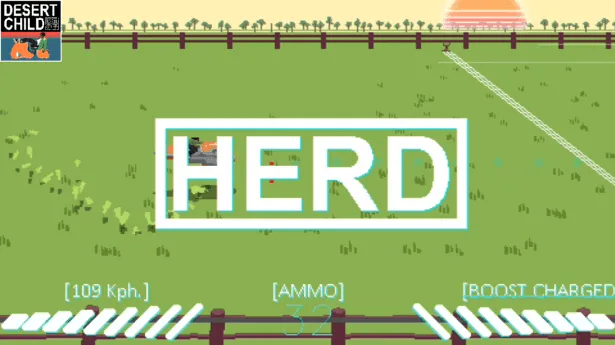
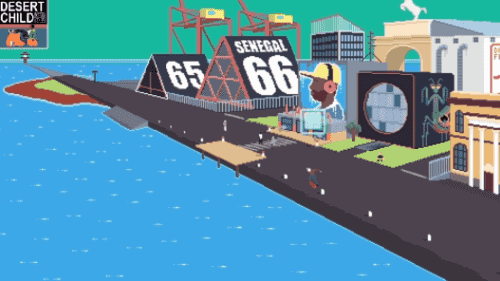


4 comments